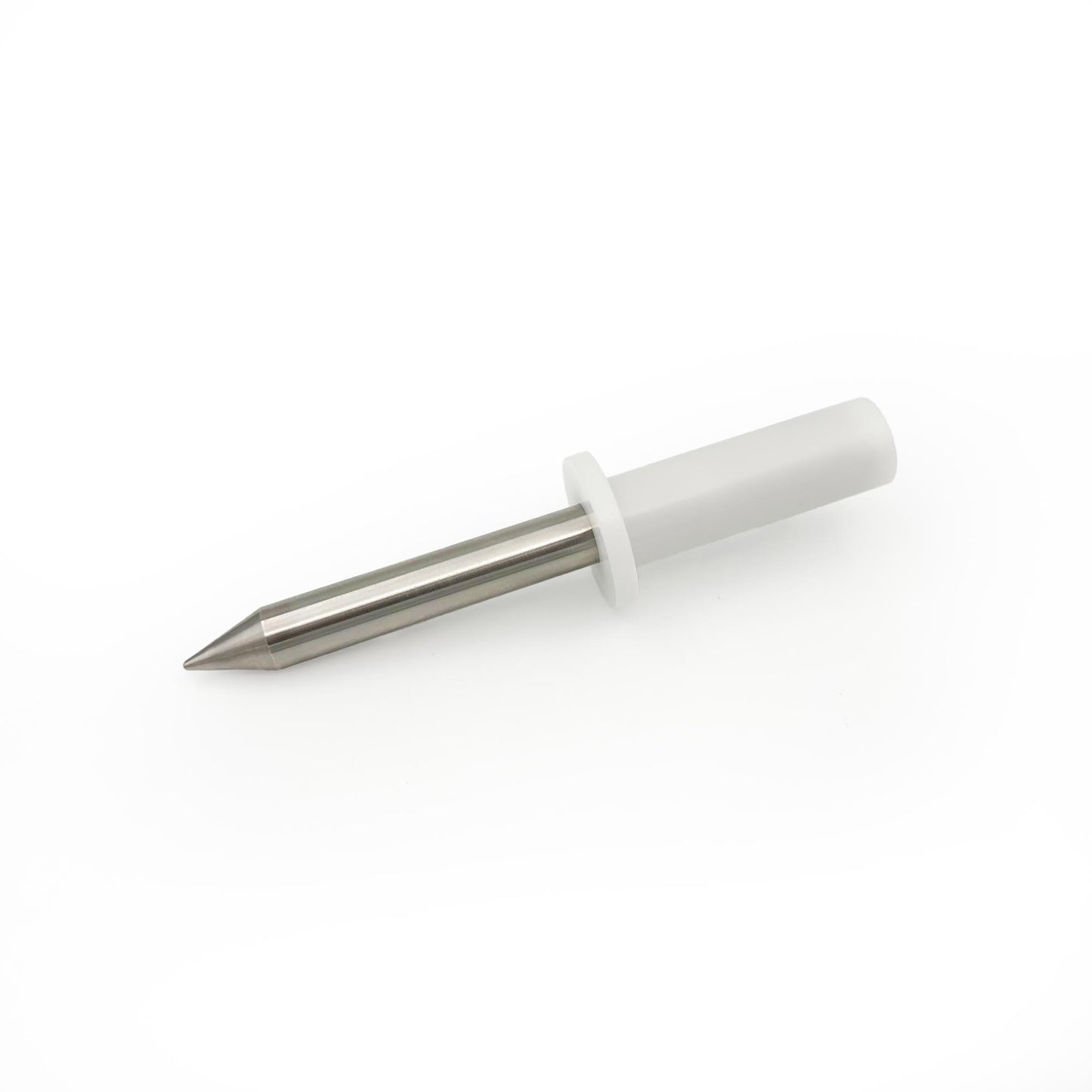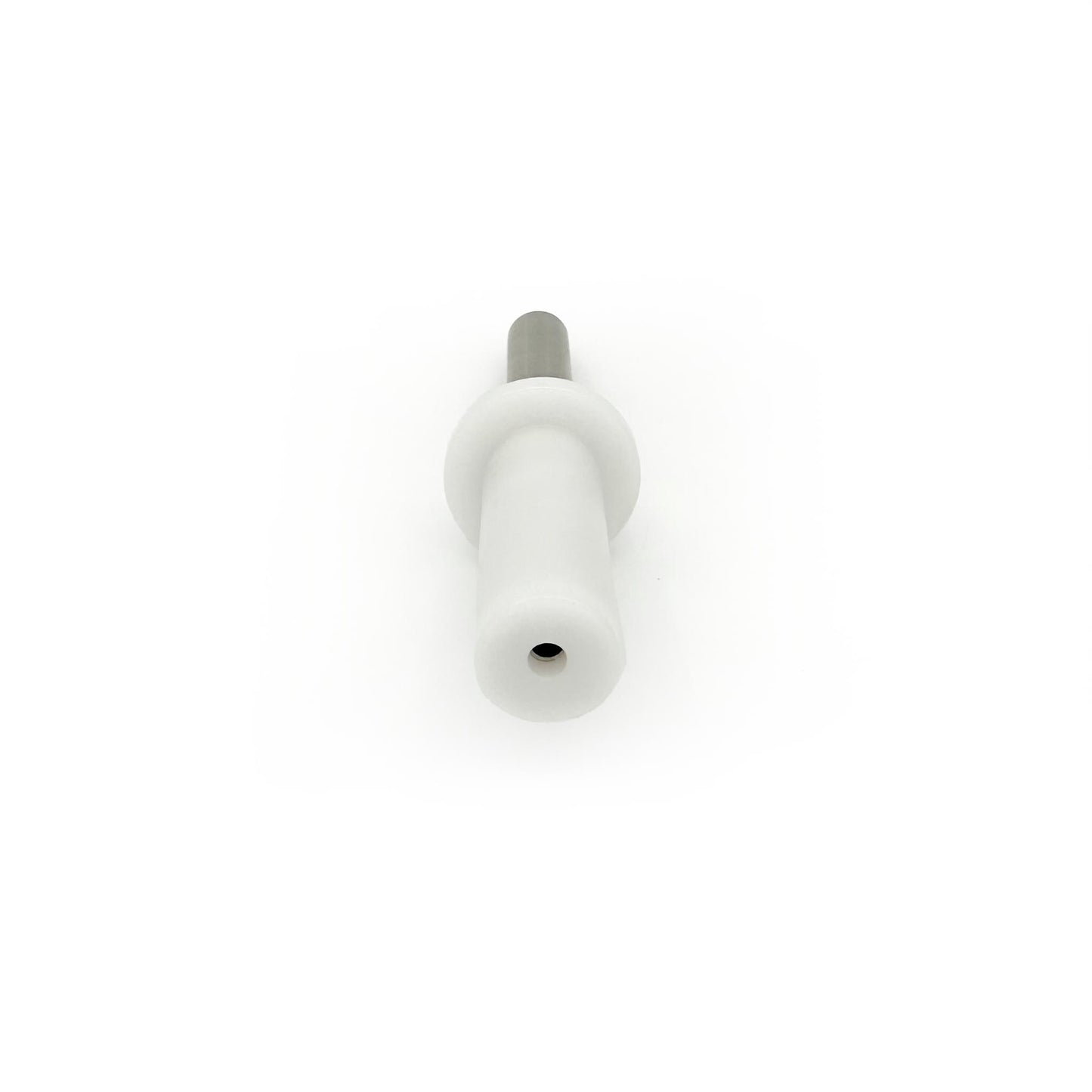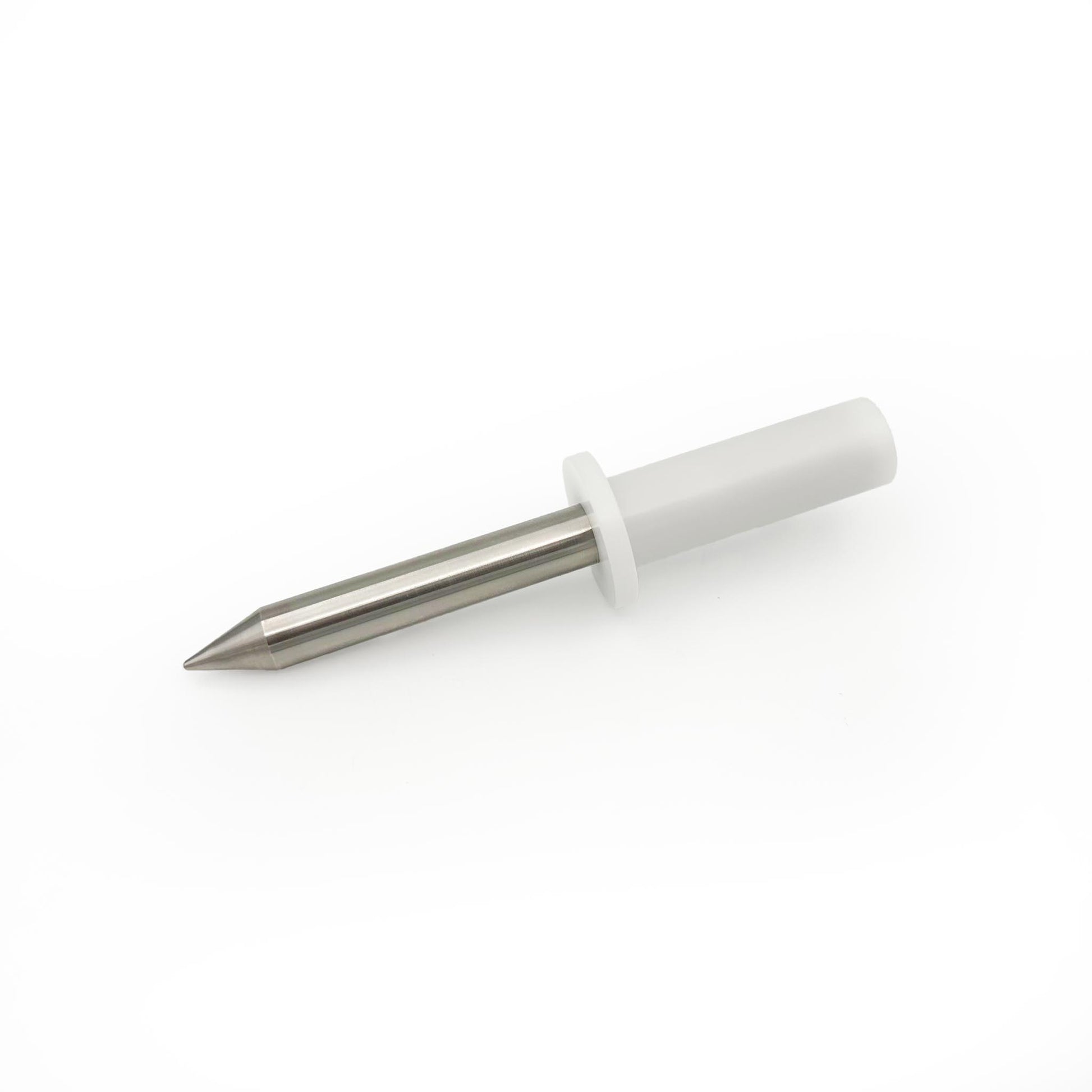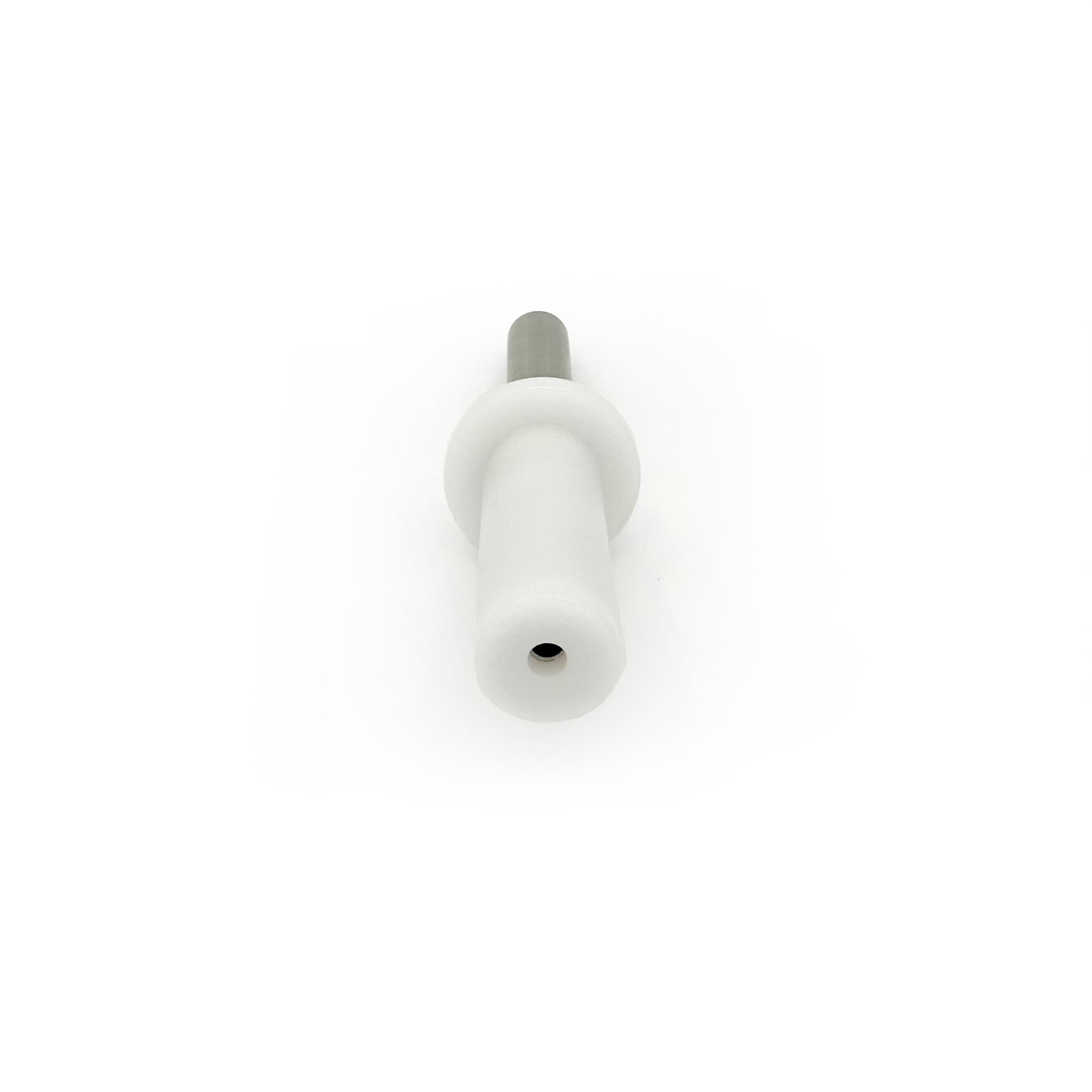Trisan Unjointed Standard Test Finger Probe 4mm
Trisan Unjointed Standard Test Finger Probe 4mm
SKU:TRIFINPR
Couldn't load pickup availability


Overview
This large test probe or test finger can be used for general finger probe compliance testing or for conducting insulation testing on multiple exposed metal parts to help identify breakdowns in insulation on the surface of an appliance. This can be used as an alternative method to an insulation resistance cloak and provides a lower resistance path during measurement. Best suited to longer insulation resistance tests or multiple consecutive tests as required.
Specifications
- Materials Stainless steel and nylon
- Resistance over length nominal 8 mOhms.
- Overall length 132mm
- Probe diameter 12mm
- Probe length 80mm
- Test lead socket 4mm (unsheathed)
- Electrical Safety IEC 61010
- Robustness high strength
- Requirement must be kept clean to be fit for purpose
- Colour Light grey
- Warranty 10 years Weight 50g.
Applicable Standards
- AS3760 In-service safety inspection and testing of electrical equipment and RCD
- AS 60529 Degrees of protection provided by enclosures (IP Code)
- AS/NZS 60335.1:2002 Household and similar electrical appliances—safety (Page 97 Test finger nail)
- AS 61010.1/2003 Safety requirements for electrical equipment measurement, control and laboratory use. (Annex B standard test finger)
Manufactured recommended usage
Finger Probe: A device that is used to wipe and probe the surfaces of an electrical apparatus or appliance to determine that it complies with IP standard AS 60529. The diameter is 12mm. which is the largest accessible opening permissible through to the internal active surfaces of an appliance. (12mm. Represents the size of a small finger). The probe has a defined conical blunt point so as not to scour the surfaces of the item under test.
By connecting the earth test lead to a finger probe, hazardous leakage currents can also be detected and measured on the surfaces of Class I & II appliances. Note - Test and Tag Supplies recommends the use of insulated gloves when performing Class II powered leakage tests.
During the insulation resistance test probe all surfaces, vents , joints and holes of an electrical appliance. If the probe can pass through any of these areas and touch internal metal surfaces, the electrical item under test has failed the I.P test. International Protection Marking classifies and rates the degree of protection provided against intrusion (body parts such as hands and fingers), dust, accidental contact, and water by mechanical casings and electrical enclosures.
BUYING GUIDE
Need help with find the right option?
Our buying guide takes the guess work out of finding the perfect tester for your needs


